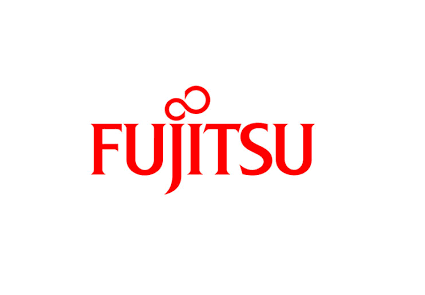Quick Heal has released the Annual Threat Report for 2015. This report gives a detailed analysis and insight into the major threats that have afflicted the Windows and Android platforms in 2014. It also shares key predictions and upcoming threats to look out for in 2015. While adware and ransomware have been dominant on Windows for a few years, they have now evolved and propagated to Android devices as well. This makes the threat landscape all-encompassing and unescapable. Given below are several of the key findings from the Annual Threat Report.
Key Findings for Windows:
Ransomware Goes Local
-
Ransomware also displayed messages in localized formats with local time zones, languages and authorities taken into consideration
-
Ransomware was a major threat in 2014 and virtually encrypted or locked PCs and demanded ransom payment
-
Ransomware is expected to evolve with advanced propagation techniques in 2015 and is the one major threat to be wary of
Adware Evolves Into Malvertising
-
Adware techniques have also evolved further to propagate further and this method is known as ‘malvertising’
-
The most prominent malware of 2014 was adware which injected banner ads, hijacked default web browsers and search engines, and made PCs slow and unstable
-
59% of malware samples detected fall into the category of spam and the remaining are classified as adware
Key Findings for Android:
Exponential Growth In Android Malware
-
Quick Heal Threat Research Labs have found close to 3 million Android malware samples in 2014
-
Android malware has seen a 304 times growth between 2011 and 2014
-
The number of detected samples has quadrupled from January 2014 to December 2014
-
In 2014, Quick Heal has found 536 new malware families and 616 new variants afflicting Android
-
Android users have been exposed to the increased threat of fake paid applications on the official Google Play store
Adware Becomes All Pervasive
-
Android.Viser.A has been the most prominent form of Android adware that has been detected on the platform
-
Mobile adware is expected to dominate the Android scenario in the near future
Ransomware Propagates Into Mobile
-
Ransomware, a technique commonly found afflicting Windows machines, has also found its way to Android and encrypts devices and demands a ransom payment
-
Android was subjected to the first Worm that spreads through SMS and propagates to other devices in an endless chain
-
The first boot-kit was detected on Android and this modified the device boot partition within Android devices
What’s Next?
-
It is expected that new cashless payment systems and banking credentials and apps are going to come under the radar of malware authors in 2015
-
Wi-Fi networks to become the new battleground as hackers will look to launch man-in-the-middle attacks to interrupt, redirect and intercept mobile traffic packets.
Mr. Sanjay Katkar, CTO, Quick Heal Technologies, says: “2014 has been an eventful year for Quick Heal and for the IT security world in general. While attackers are continually devising new methods to infiltrate systems and devices, security companies have to be more proactive and alert than ever. The threat landscape has drastically changed over the last few years and this makes our job harder and highlights the importance that users and enterprises must pay to channels such as social media, web-based services, cloud portals and more. All bits of data can be monetized today, but we firmly intend to keep our users secure over the varied devices and portals that they regularly use.”






